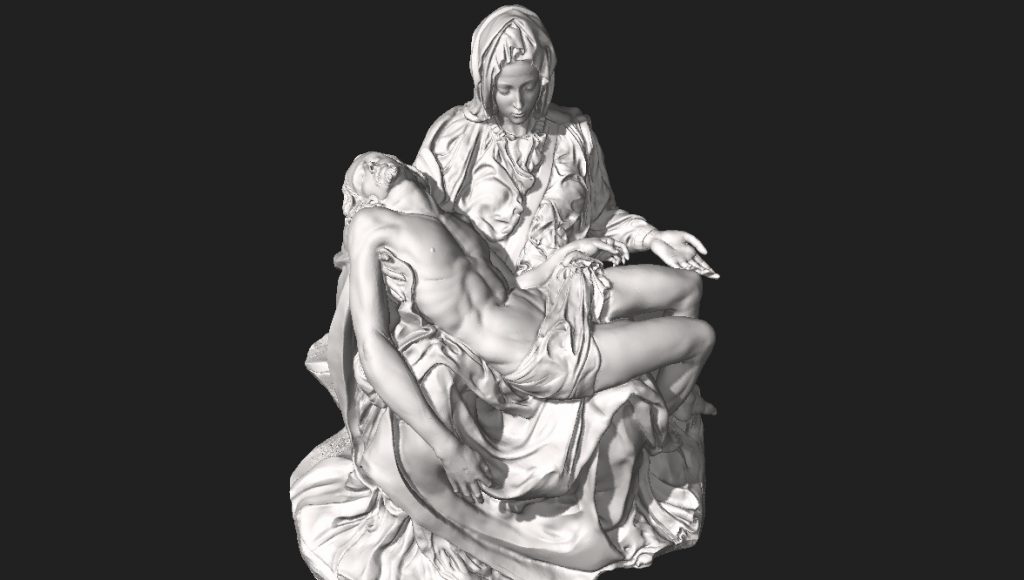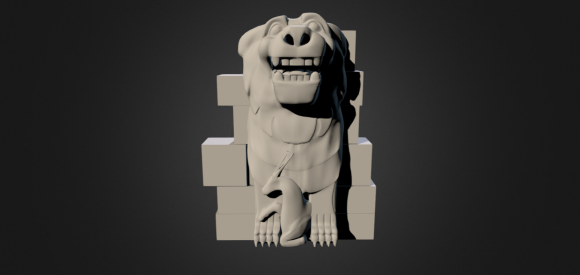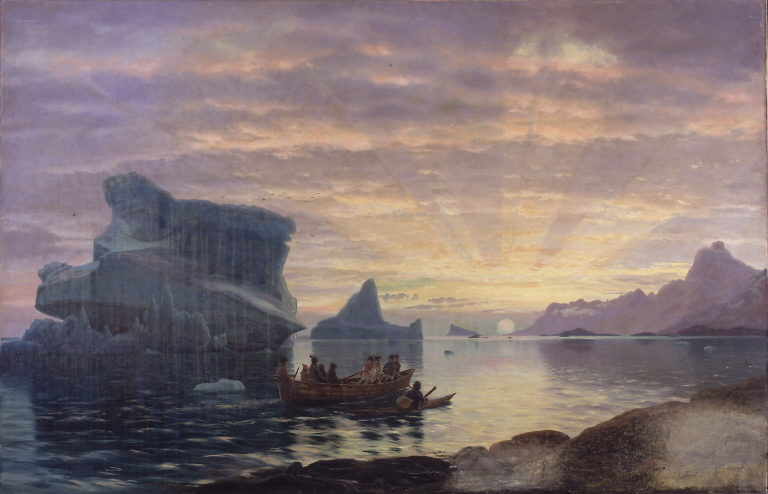Wikimedia Commons, the free media repository of Wikipedia, has introduced a new tool allowing contributors to upload 3D models to the site.
The 3D models, as with Wikipedia’s other media content i.e. photos, audio, vector and video files, will be embedded into the site’s existing articles, adding a new dimension to research done by the millions of readers who use the site every day.
A big step forward for the 3D community, many of the models are designed for 3D printing and academic reference.
3D Printing Industry spoke exclusively to Jonathan Beck, founder of Scan the World and one of the first 3D contributors to Wikimedia Commons, to discover more.

#NEWPALMYRA
The first 3D model to be uploaded to Wikimedia Commons is the Asad Al-Lat statue, a sculpture resurrected from the ruins of Palmyra which was destroyed by ISIL in 2015.
Asad Al-Lat was chosen as the first 3D model by Wikimedia Commons in memory of Bassel Khartabil, the Palestinian Syrian open-source software developer, executed for his activism by the Syrian government in 2015.
Bassel Khartabil’s legacy lives on in the #NEWPALMYRA project, which he started to digitally recreate the city using collected digital photographs.
Gilles Dubuc, one of the engineers behind the new 3D Wikimedia feature, comments, “Since I was familiar with 3D and had worked on the Media Viewer extension, I felt like this was a project where I could make a difference,”
“…The great importance of these free knowledge projects inspired me to work on 3D integration for Wikimedia projects to give a better platform for the hard work that people like Bassel put into documenting history.”
The at-present modest collection of Wikimedia 3D models has grown to include historic sculptures and landmark buildings including the Venus di Milo, The Thinker by Auguste Rodin and the Parthenon in Athens.

Art for everyone
Scan the World is the non-profit art and sculpture segment of 3D file hosting website MyMiniFactory, accounting for more than 10,000 of the site’s 40,000+ guaranteed 3D printable files. Beck, the project’s founder and curator, has been in conversation with Wikimedia Commons since the development stages of the 3D model uploading tool.
“Wikipedia has always been a great influence on Scan the World’s collaborative approach for the democratization of culture and dissemination of knowledge,” said Beck, “as well as encouraging us to push for disrupting institutions to open their data to the public.”
For Beck, and the wider MyMiniFactory community, Wikimedia’s new tool is a validation of all the hard work that has gone into curating 3D content since Scan the World started in 2014.
“Our collaboration with Wikipedia reminds us that we’re working in the right direction for the future of sharing and obtaining information.”
“Hopefully it will provide more leverage to encourage other institutions to follow the likes of The SMK, MET and Musée Saint-Raymond in opening their data to the world,” he added.

Photography powered
The Wikimedia blog announcement of the new feature tips its hat to 3D models made using photogrammetry, encouraging more mobile users to get involved and upload their findings.
As a community-based initiative, photogrammetry is the predominant technology behind Scan the World’s entire art collection, accounting for around 85% of the overall content.
“The majority of the models on the platform originate from photogrammetric data provided by our community of contributors,” comments Beck.
“It’s great to see the democratized technology embraced by Wikipedia to encourage people to scan more objects.”
The initial stage of photogrammetry can be done with a smartphone camera. The photos then need to be digitally stitched together, in a program such as Autodesk ReMake, and finished to make a complete model.
Scan the World provides this useful guide on how to get started with scanning.
Anyone who wishes to contribute to the Wikimedia Commons archive of 3D models can do so simply by creating a free Wikipedia account, and using the site’s in-built uploader.
The Wikimedia Commons feature currently accepts .stl files, that can be downloaded and optimized for 3D printing.
You can find 3D printable Scan the World contributions to Wikimedia Commons here.
For more art, culture and heritage news subscribe to the most widely read newsletter in the industry, follow us on Twitter, and like us on Facebook.
Nominate Scan the World and Wikimedia Commons in the 2018 3D Printing Industry Awards now. Nominations close in one week.
Looking for more opportunities to showcase your creativity? Protolabs is sponsoring the 2018 3D Printing Industry Awards design competition. Enter now to win a 3D printer.
Featured image shows a 3D model of the Laocoön Group sculpture at the Vatican Museums, Vatican City. Image via Scan the World/Wikimedia Commons


